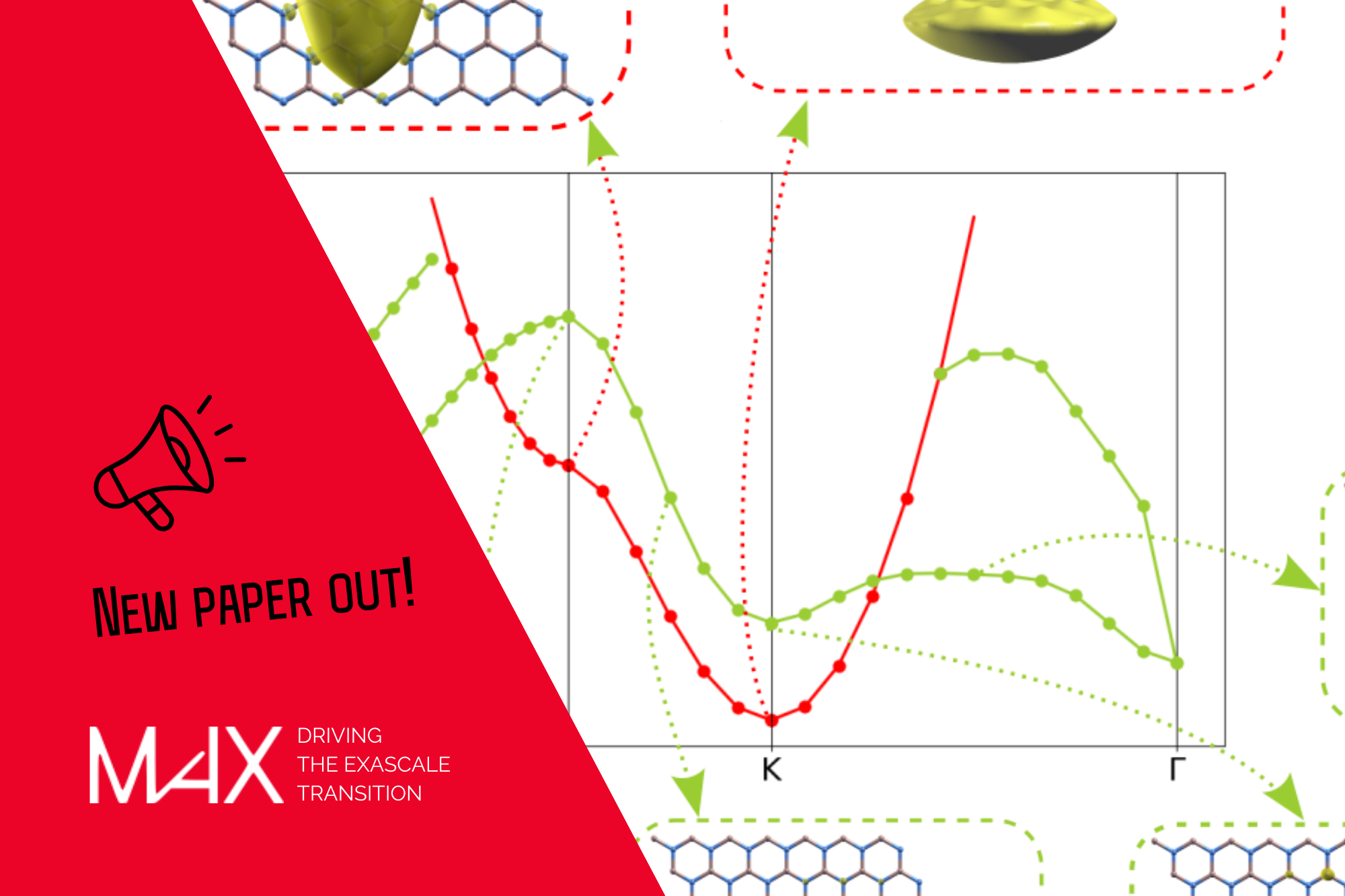Unveiling the Influence of Self-Interaction on Dissolved Electron Behavior in Molten Salts
A team of researchers reveals self-interaction effects on dissolved electrons in molten salts, advancing understanding of electron dynamics in complex salt solutions.

Snapshot taken from molecular dynamics simulations of non-stoichiometric molten NaCl.
When a small quantity of metal is introduced into a solution while maintaining electronic insulation, fascinating phenomena arise. Within the adiabatic regime, the behavior of dissolved electrons, including their charge distribution and dynamics, is solely determined by the arrangement of nuclei. Yet, their confinement within effective potential wells and their propensity for diffusion depend on how self-interaction is modeled.
Supported by MAX, the study delves into the impact of self-interaction on elucidating the localization and transport behaviors of dissolved electrons within non-stoichiometric molten salts.
<<By introducing a small amount of metal into a liquid, such as molten salt, while maintaining the system's electronic insulation, remarkable phenomena unfold: electrons dissolve into the molten salt with minimal dependence on ionic diffusion. The localized electronic state is the liquid analogue of what is commonly known as polaron in solids. Through our study, we offer fresh insights into the localization and transport behaviors of solvated electrons, revealing their surprising ability to diffuse even within unconventional, nonmetallic materials>> says Paolo Pegolo (École polytechnique fédérale de Lausanne), first author of the paper.
Even though precise (Fock) exchange mechanisms strongly confine the dissolved electrons, reducing their likelihood of tunneling and their diffusive tendencies, the researchers demonstrate that the motions of ions and dissolved electrons remain largely uncorrelated: <<Our discoveries rely on accurate ab initio calculations carried out with a computationally intensive exact-exchange density functional. Leveraging the efficient real-space implementation of the PBE0 functional within the CP2K code, we conducted ab initio molecular dynamics simulations on molten sodium chloride doped with additional metallic sodium.>> continues Pegolo.
<<These simulations allowed us to compute the electrical conductivity of this compound. This allowed us to analyze the relationship between purely electronic motion and ionic diffusion, leading us to conclude that these two phenomena are statistically independent, irrespective of how strongly electrons interact. These findings can be ascribed to nontrivial topological features of particle transport in electronic insulators, notably exemplified by Thouless’ theorem>> concludes Pegolo.
The study emphasizes the need to consider self-interaction accurately in computer simulations to understand these processes better. The findings highlight that there's a complex relationship between how charge and particles move, and they're not always linked. This discovery opens the door to more studies on the basic processes that control how fluids with complex properties transport energy and particles.
About MAX
MAX is a European Centre of Excellence aiming to enable materials modelling, simulations, discovery and design at the frontiers of the current and future High-Performance Computing, High Throughput Computing and data analytics technologies. MAX develops several open-source software and makes them available to the whole research and industry community.
Reference article:
https://doi.org/10.1063/5.0169474



